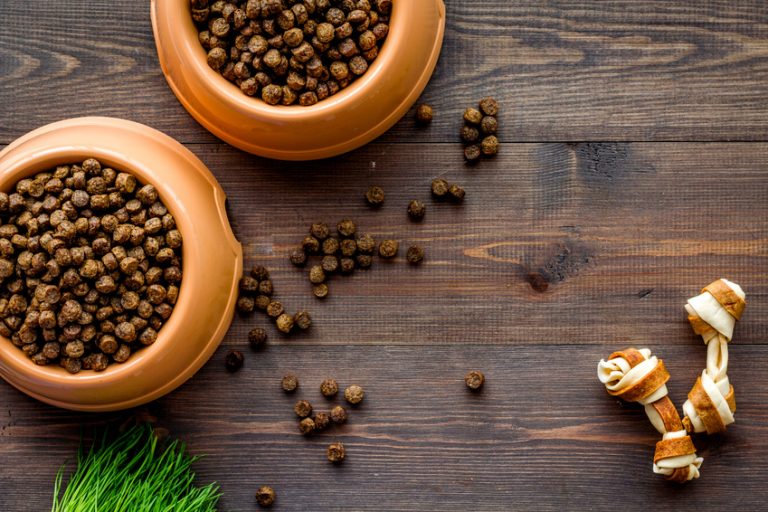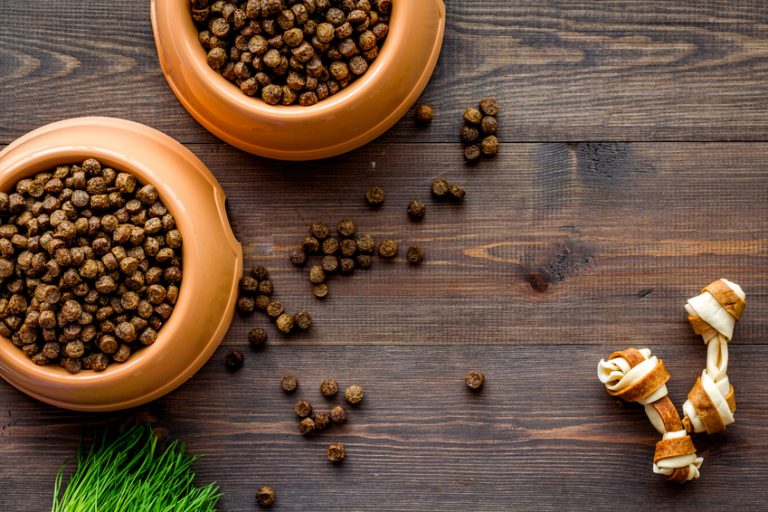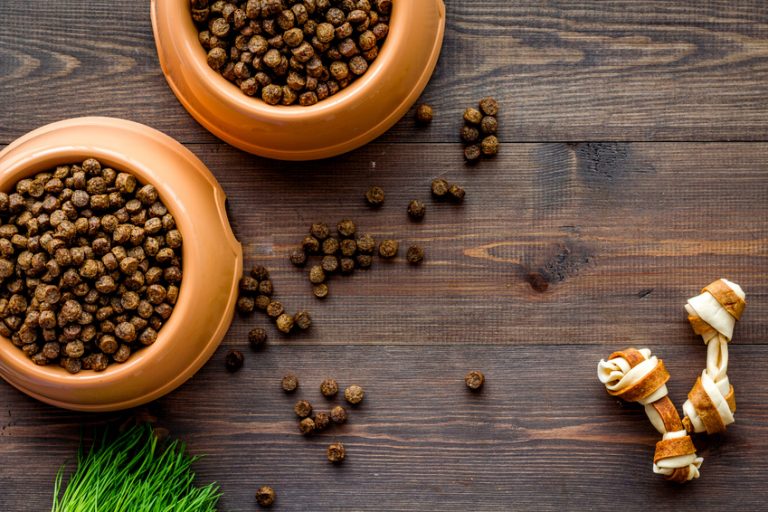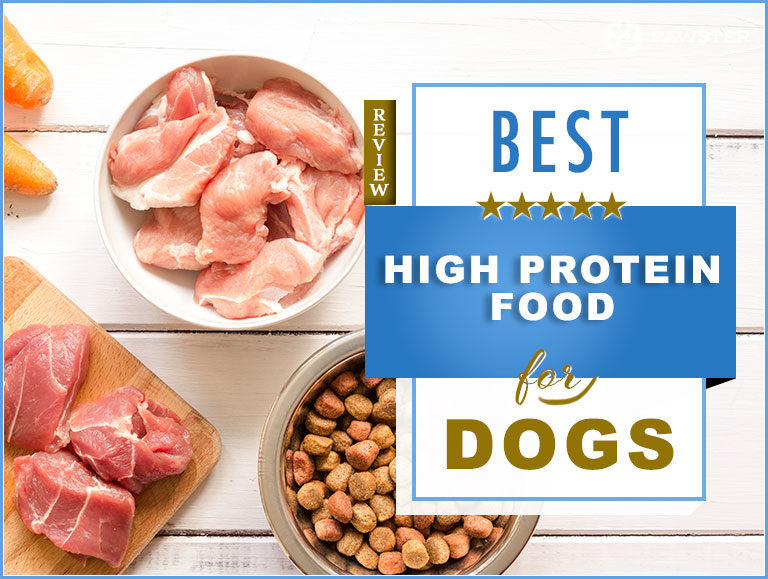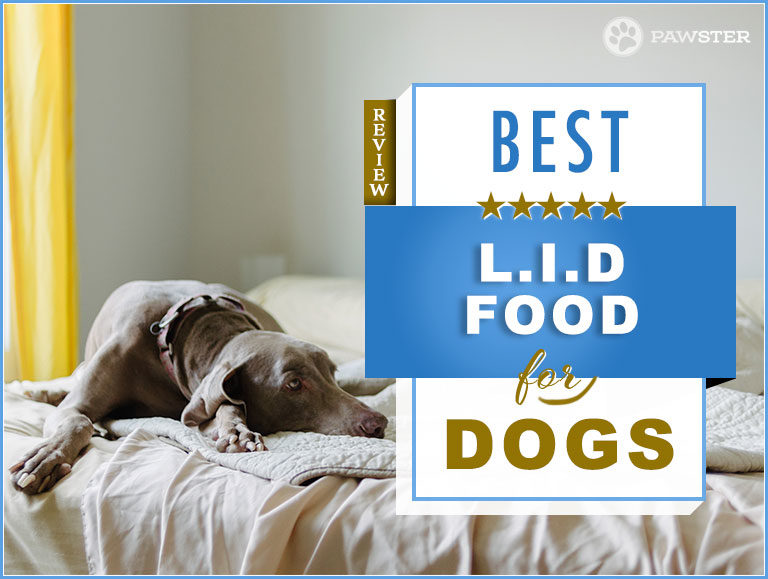7 Best Foods to Feed a Small Breed Dog
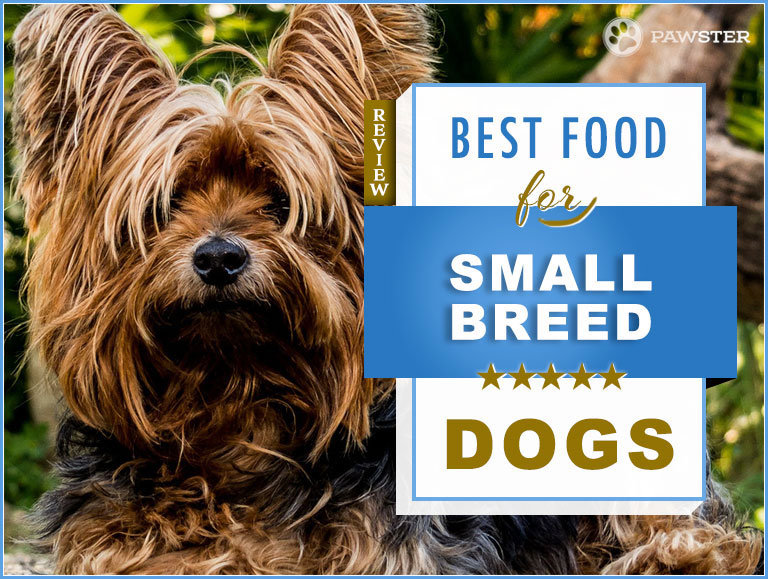
| The Scoop : Best Small Breed Food of 2024 | |||
| Rank | Product | Price | Rating |
| Human Grade |
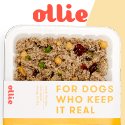 |
Varies |
A+
|
| #1 |
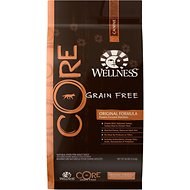 Wellness CORE Grain Free Small Breed Deboned Turkey, Turkey Meal and Chicken Meal |
$2.31/lb |
A+
|
| #2 |
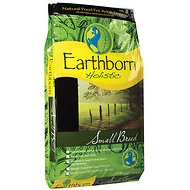 |
$2.07/lb |
A
|
| #3 |
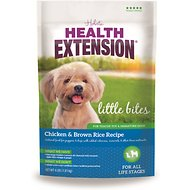 |
$2.05/lb |
A
|
| #4 |
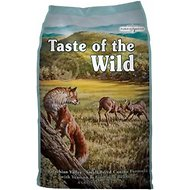 Taste of the Wild Appalachian Valley Small Breed Canine Formula |
$1.76/lb |
A
|
Contents of Article
Small breed dogs often overlap with Toy breeds. They can include some of the larger Toy breeds such as the Cavalier King Charles Spaniel, the Havanese, the Italian Greyhound, the Manchester Terrier, the Miniature Pinscher, the Pug, and the Miniature Poodle. Of course, definitions of “small breed,” and “medium breed” are flexible, so you could have a small Cocker Spaniel or Beagle – normally medium-sized breeds – that thrive on a diet for a small breed. You do need to make sure you are feeding your small dog the best small breed dog food you can give them.
If you have a small breed or mix, find out what your dog needs in his diet so he’ll live a long, healthy life. Keep reading to learn what kind of food your small breed dog needs.
Nutritional Needs for a Small Breed Dog
All dogs have the same basic nutritional needs. Your small dogs needs protein, fat, carbohydrates, as well as fiber, vitamins, and minerals. Like Toy breeds, small dogs do have some special nutritional needs.
Also Read: 8 Best Shih Tzu Dog Foods for an Adult and Puppy Shih Tzu in 2024
Puppies
While small breed puppies don’t usually have the early problems with hypoglycemia that some of the tiny Toy puppies can have, it is a possibility. Like the Toy breed puppies, small breed puppies have high metabolic rates. If their blood sugar levels fall too low, they can experience low blood sugar or hypoglycemia. Symptoms include:
- Weakness
- Lethargy
- Muscle tremors
- Seizures
All puppies need to eat multiple small meals per day, especially during their first few months. This is especially true with smaller puppies. In addition to feeding your small breed puppy a nutrient-dense puppy food, we recommend keeping a quick energy source on hand such as Nutrical or Karo Syrup so you can place some on your puppy’s tongue if he seems to be crashing. Giving your small puppy a snack between meals can also help avert any problems with hypoglycemia. If your small breed puppy does have a problem with low blood sugar, most puppies outgrow this problem after a couple of months.
Like the tiny Toy breeds, small breed dogs and puppies need more calories per pound than bigger dogs. They use up more calories even when they are resting than larger dogs. For this reason, small breed puppy foods generally have more calories per ounce than ordinary puppy foods. Most breeders and veterinarians recommend that you feed small breed puppies a food that is formulated for small puppies.
In addition, small breed puppies have small stomachs so they can’t eat a lot of food at one time. Small breed puppy foods, along with containing more calories per ounce, also have more nutrients per ounce. You small breed puppy doesn’t have to eat lots of food to get the nutrition he needs. He can eat an amount that’s comfortable for him at each meal.
Small breed puppy foods also come in smaller kibble sizes so they are easy for small puppies to chew them and they aren’t a choking hazard.
Like Toy puppies, small breed puppies usually mature faster than bigger dogs. If you have a small breed such as a Cavalier or a Miniature Poodle, your puppy will probably reach physical maturity before he’s a year old. At this time you can start to switch your puppy over to an adult food such as a food that’s formulated for small breed adult dogs.
Adults
Your adult small breed dog has a faster metabolism than a larger dog’s metabolism. Compared to a giant breed like a Great Dane, who needs about 20 calories per pound/per day, a small dog such as a Miniature Poodle needs about 35-40 calories per pound/per day. A medium breed dog needs about 30 calories per pound/per day. Of course, these are estimates and every dog is an individual, but they are based on the needs of most dogs.
Even though your small breed dog needs more calories per pound, it’s important not let him become overweight. Small breeds have problems with obesity just like other dogs. Cancer, arthritis, heart disease, diabetes, urinary bladder stones, kidney disease, and cruciate ligament injury are all associated with obesity in dogs. While many Toy and small breed dogs have longer lifespans than bigger breeds, if your small dog is overweight run the risk of shortening his life by up to two years.
For these reasons, it’s important to know how many calories your small breed dog needs and spread them out over several small meals per day. Snacks and treats are okay but they contain calories, too, so don’t let your dog have too many extras or they can add inches to your small dog’s waistline. Consider giving your dog healthy treats that don’t contain many calories such as apple slices or carrot pieces.
What to Look For in a Good Small Breed Dog Food
Good quality dog foods have many similarities whether they are for small breeds or other dogs. There are some differences, however. In addition to having smaller pieces of kibble to make chewing easier for small dogs, you can look for the following when you are considering foods for your small breed dog.
Protein – Good sources of animal protein are important for small breed dogs, as they are for other dogs. You should look for protein from meat, poultry, fish, and eggs when reading dog food labels. AAFCO (the Association of American Feed Control Officials) doesn’t have different standards for dogs based on their size. They recommend 18 percent protein for all adult dogs eating a maintenance diet; and 22 percent protein for a growth and reproduction diet (pregnant dogs and puppies). Most dog foods today have higher protein percentages than these figures.
Small dogs usually benefit from eating higher amounts of protein because of their faster metabolism. It’s not necessary to feed your small dog a raw diet or a diet that is enormously high in protein, but certainly a diet that has around 25-32 percent protein (DMB) would be suitable. Remember when considering nutrient percentages in dog foods that there is a difference between the crude percentages provided in the guaranteed analysis on the label and the dry matter basis figures. The dry matter basis figures have the moisture removed so they provide a true measure of the nutrients. They also let you make more accurate comparisons of different foods.
You should look for named sources of animal protein for your small breed dog such as whole chicken, chicken meal, fish, and lamb. Dogs can digest animal protein more easily than plant protein. Small amounts of plant protein such as peas and lentils are acceptable in the diet but they should not make up most of the protein in your dog’s food.
Fat – As mentioned above, small dogs need more calories per pound than bigger dogs, though not quite as many calories as the tiniest Toy breeds. For instance, a Toy breed such as a Chihuahua will need every bit of 40 calories per pound/per day. But a small breed such as a Pug will probably need about 35 calories per pound/per day. Your 18-pound Pug probably needs about 630 calories per day in his diet. Many small breeds – dogs between Toy dogs and medium-sized dogs – will probably need around 35 calories per pound/per day.
Most of the energy in your dog’s diet comes from fat so you should look for good named sources of fat when choosing a dog food. Chicken fat, fish oil, and menhaden fish (a source of fish oil) are all good sources of fat for dogs.
Omega-3 and omega-6 fatty acids, in the right proportion, are also important for your dog’s health. Omega-3, from animal sources such as fish, are superior to plant sources such as flax seed or flax seed oil. A dog food should ideally have omega-6 and omega-3 in a ratio of somewhere from 10:1 to 5:1. Many foods and ingredients, including plants, have omega-6. It’s harder to find good sources of omega-3 that your dog can use so look for dog foods that have good fish sources of omega-3.
AAFCO recommends a minimum of 5 percent fat for a maintenance diet for adult dogs; and a minimum of 8 percent fat for puppies. Nearly all dog foods today have higher fat percentages than these recommendations. Small breed dogs and puppies should have more fat in his diet than these percentages. As with protein, small dogs need more of everything, including fat. You don’t have to buy a dog food with very high fat percentages but a fat percentage of around 17-18 percent DMB for small breeds would be good. (Wellness Complete Health foods are known for having low to moderate fat. Wellness Complete Health Small Breed Turkey & Oatmeal formula has 17.8 percent fat by dry matter basis.)
Carbohydrates – It’s up to you whether you choose a food that is grain free or which includes grains. Some small breed dogs can have problems with allergies so you may want to avoid common grains such as corn and wheat that are often associated with food allergies. On the other hand, if your dog isn’t allergic to grains, you don’t have to avoid some of the less common grains such as oats and barley. They can be good sources of fiber in the diet.
Not all carbohydrates are bad but you do need to be careful about dog foods that are high in carbohydrates. Some dog foods have carbohydrate percentages over 40 or even 50 percent which is troublesome. Dogs can digest carbohydrates and use carbs for energy but too many carbs in the diet means that the food may have less protein.
You should be aware that both foods with grains and grain free dog foods can be high in carbohydrates. Many grain free foods use ingredients that are high in carbohydrates such as sweet potatoes, potatoes, tapioca, and other things. Some of these ingredients are healthy foods but they can push up the carbs in the formula. No matter what kind of food you are considering, it’s important to check the carbohydrate content.
Avoid fillers – Some ingredients in dog foods are simply fillers or they can boost a food’s protein percentage without adding much (or any) nutrition. Corn gluten and wheat gluten, rice protein concentrate and some other ingredients are added to dog foods for these reasons. They increase the protein percentage. Note that corn and even corn “gluten” do not contain gluten in the same sense that wheat has gluten. These ingredients don’t have the same effect on the digestive system as true glutens. Corn “gluten” is food industry jargon.
Peas and lentils in dog foods also boost the protein percentage of grain free foods. While peas do add more nutrients to dog food than corn, they should not be used as a substitute for animal protein. Many people like grain free dog foods because they like to avoid corn but you should be careful about feeding foods that are stuffed with peas and lentils because they are being used for the same reason that corn was used by dog food companies.
Avoid generics – Try to avoid dog foods that use unnamed ingredients. For instance, “meat” could come from any kind of animal. “Chicken” or “lamb” is more specific. “Chicken fat” is more specific than “animal fat.” Vague or generic terms leave a lot of wiggle room for dog food companies so the ingredient could be something less desirable that you don’t want your dog to eat.
Avoid additives – As with other good quality dog foods, when choosing a good quality food for your small breed dog you should avoid added artificial flavors, sweeteners, colors/dyes, and preservatives. Artificial preservatives include butylated hydroxyanisole (BHA), butylated hydroxytoluene (BHT), tert-butyl hydroquinone (TBHQ), propyl gallate, and ethoxyquin. Look for foods that use natural preservative such as tocopherols (vitamin E) and vitamin C. These artificial ingredients have been linked to cancer and other health problems.
AAFCO – As we said earlier, AAFCO doesn’t have any specific guidelines for dogs based on their size. When choosing any dog food you should look for foods that are “complete and balanced.” Dog foods can be “all life stage,” “maintenance,” or for “growth and reproduction.” Puppy foods will be labeled for growth and reproduction. Adult dog foods can be labeled for all life stage or for maintenance. Don’t feed a maintenance food to puppies. These foods are strictly formulated for adult dogs and they don’t have the nutrients necessary for growing puppies. Otherwise, you can feed an all life stage food or a growth and reproduction food to puppies (or to adult dogs).
You should find the AAFCO nutritional adequacy statement on the side of the bag or can of food. If you don’t see it, check the web site for the company. If you still can’t find it, pass on the food. AAFCO requirements are the very minimum standards a dog food should be able to meet. If the company can’t provide proof that their food meets these standards, you should consider the food unsafe for your dog or puppy to eat.
4 Best Small Breed Adult Foods
| Rank | Product | Price | Rating |
| Human Grade |
 |
Varies |
A+
|
| #1 |
 Wellness CORE Grain Free Small Breed Deboned Turkey, Turkey Meal and Chicken Meal |
$2.31/lb |
A+
|
| #2 |
 |
$2.07/lb |
A
|
| #3 |
 |
$2.05/lb |
A
|
| #4 |
 Taste of the Wild Appalachian Valley Small Breed Canine Formula |
$1.76/lb |
A
|
Wellness CORE Grain Free Small Breed Deboned Turkey, Turkey Meal and Chicken Meal
First 5 Ingredients : Deboned Turkey, Turkey Meal, Chicken Meal, Peas, Potatoes
This grain free small breed formula has plenty of protein and calories to support small breeds who have higher energy levels. The first five ingredients are: deboned turkey, turkey meal, chicken meal, potatoes, and peas. It has 36 percent crude protein and 15 percent fat, with 396 kcal per cup. This small breed food has fiber and probiotics for digestive health and omega fatty acids for healthy skin and coat. No meat by-products, fillers, artificial preservatives, or artificial flavors.
Earthborn Holistic Small Breed
First 5 Ingredients : Chicken Meal, Whitefish Meal, Oatmeal, Ground Barley, Ground Brown Rice, Chicken Fat
This Earthborn formula is especially made for dogs that will be less than 20 pounds at maturity. The first five ingredients are: chicken meal, whitefish meal, oatmeal, ground barley, and ground brown rice. The food has 28 percent crude protein, 17 percent crude fat, and 425 kcal per cup, with a moderate 35.5 percent carbohydrates. Antioxidants, fatty acids, and good sources of protein all help to keep your small dog healthy.
Health Extension Little Bites
First 5 Ingredients : Organic Deboned Chicken, Chicken Meal, Ground Brown Rice, Chicken Fat, Lamb Meal
Health Extension has a complete line of foods for dogs and cats including dry dog foods, canned dog foods, and grain free foods. Health Extension Little Bites is one of their most popular foods. It’s made especially for small dogs – both puppy and adult dogs since it’s an all life stage formula. This formula has no by-products, no rendered animal fats, no corn, gluten, soy, wheat, artificial preservatives, BHT, ethoxyquin, added sugar, artificial flavors, colors, or dyes. The first five ingredients in Little Bites are: organic deboned chicken, chicken meal, ground brown rice, chicken fat (preserved with mixed tocopherols and ascorbic acid), and lamb meal. It has 24 percent crude protein, 18 percent crude fat, and 418 kcal/cup. Health Extension also makes Grain Free Buffalo & Whitefish Little Bites Dog Food if you prefer a grain free food for your small dog.
Taste of the Wild Appalachian Valley Small Breed Canine Formula with Venison & Garbanzo Beans
Fan Favorite
First 5 Ingredients : Venison, Lamb Meal, Garbanzo Beans, Peas, Lentils
Taste of the Wild – always a popular brand – has recently added new formulas, including a small breed formula. Appalachian Valley Small Breed Canine Formula with Venison & Garbanzo Beans is grain free with 32 percent crude protein and 18 percent crude fat. It has 370 kcal/cup so it should provide good energy for small breeds. The first five ingredients are: venison, lamb meal, garbanzo beans, peas, and lentils. And the kibble pieces are small so they’re easy for small dogs to eat. This is a maintenance formula so it’s not suitable for growing puppies, but it’s already very popular. TOTW has lots of other great formulas in both dry and canned recipes if your dog likes something different.
3 Best Small Breed Puppy Foods
| Rank | Product | Price | Rating |
| #1 |
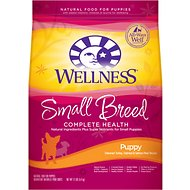 |
$2.77/lb |
A+
|
| #2 |
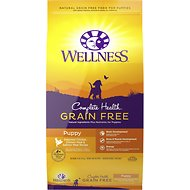 |
$2.17/lb |
A
|
| #3 |
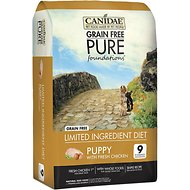 |
$2.37/lb |
A
|
Wellness Complete Health Small Breed Puppy
First 5 Ingredients : Deboned Chicken, Chicken Meal, Oatmeal, Peas, Whole Ground Barley
Wellness Complete Health Small Breed Puppy formula is a good choice for small breed puppies. The first five ingredients are: deboned turkey, chicken meal, oatmeal, salmon meal, and barley. It also has DHA for healthy brain development; antioxidants; microbials for good digestion; and a good mix of omega-3 and omega-6 fatty acids for healthy skin and coat. It has 28 percent crude protein and 19 percent crude fat, with 489 kcal per cup, so there are plenty of calories for growing small breed puppies.
Wellness Complete Health Grain Free Small Breed Puppy
First 5 Ingredients : Deboned Chicken, Chicken Meal, Oatmeal, Peas, Whole Ground Barley
Wellness is one of the companies that makes several different foods for Toy and small breed dogs so you have a good selection. This grain free small breed puppy food gives you a good alternative to their small breed puppy food that contains oatmeal and barley. This small breed puppy food has turkey and chicken meal as the first two ingredients, followed by peas, lentils, and chickpeas. The next ingredient is salmon meal. So, it does contain some plant proteins but it should have enough animal protein for growing small breed puppies. It has 32 percent crude protein and 16 percent crude fat, with 494 kcal per cup.
Canidae Grain Free Pure Foundations Puppy Formula
First 5 Ingredients : Chicken, Menhaden Fish Meal, Lentils, Peas, Potatoes
Canidae Grain Free Pure Foundations Puppy Formula is recommended for many puppies, not just small breed puppies. It’s a limited ingrediet puppy food that’s good for puppies who may have sensitive digestion while they are starting to eat a solid food diet. It’s also a good choice if you just want to be careful about the ingredients you feed to your puppy. It’s grain free with antioxidants, probiotics, and omega-3 and omega-6. The first five ingredients are: chicken, menhaden fish meal, lentils, peas, and potatoes. It has 30 percent crude protein, 12 percent crude fat, and 520 kcal/cup, so it should provide plenty of calories for growing small breed puppies. Canidae also has several adult foods formulated specifically for small dogs.
Conclusion
Small dogs have some unique nutritional requirements. They have a faster metabolism than larger dogs but you need to be careful not to overfeed your small dog or let him become overweight. Consider the calories your dog needs and check dog food labels for calorie information. Feed several small meals per day, especially when your dog is a puppy. Don’t free feed since free feeding encourages overeating. Instead, measure your dog’s portions and remove his food after 10-15 mintues. And watch the snacks and treats. They add calories to your dog’s diet, too.
We hope the information provided here is helpful for you. If you need other recommendations about the best foods for your dog, check our reviews here on Pawster!

